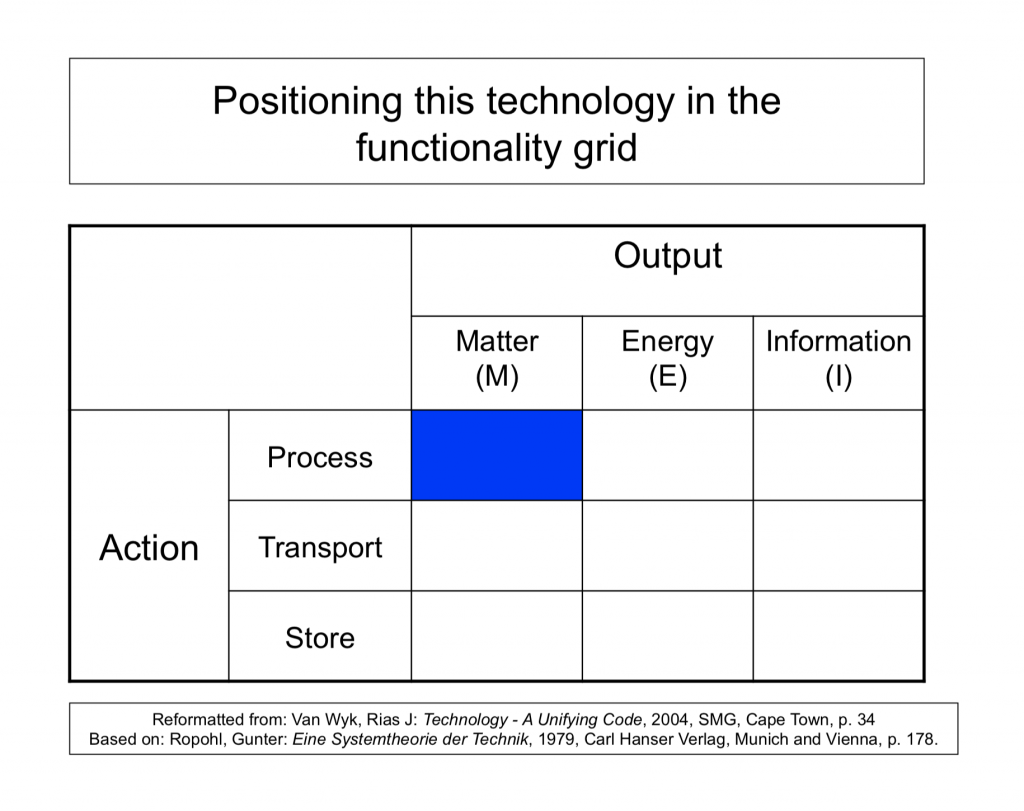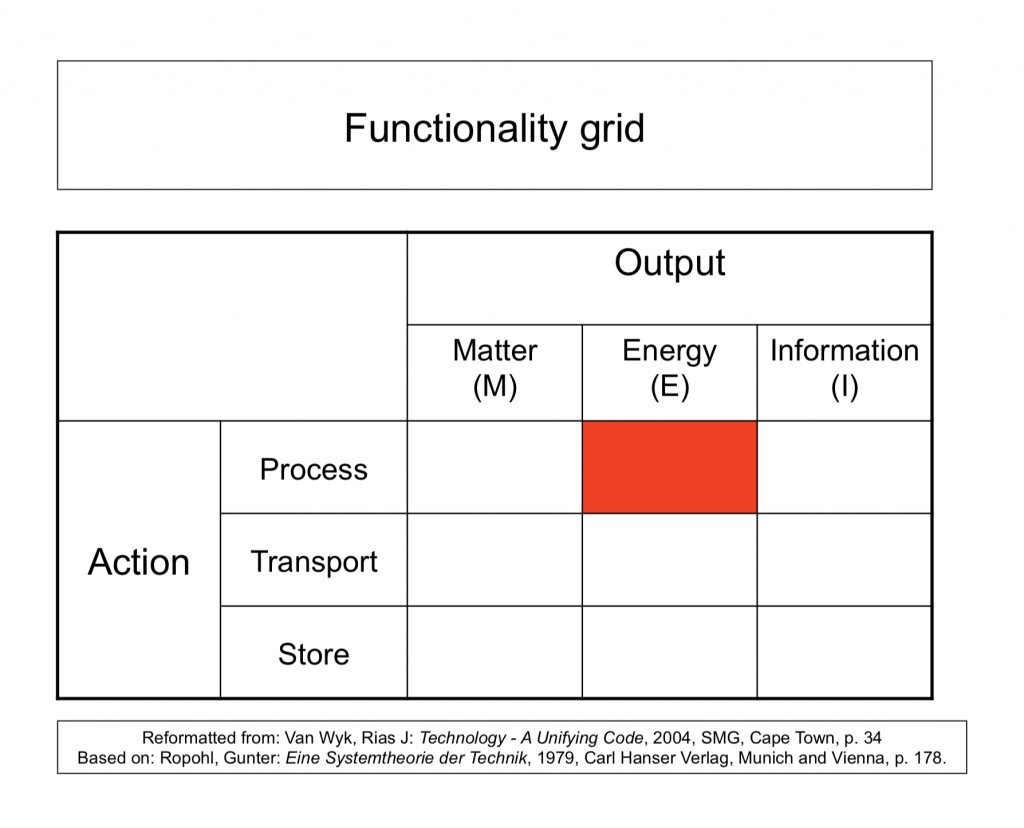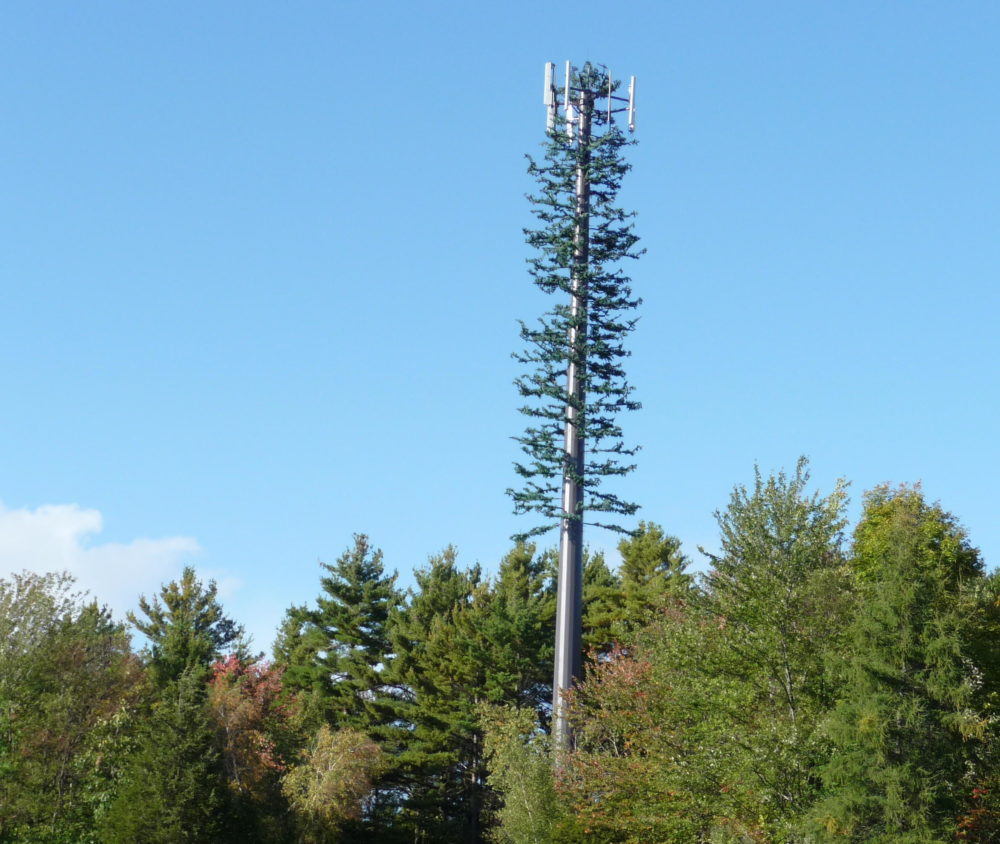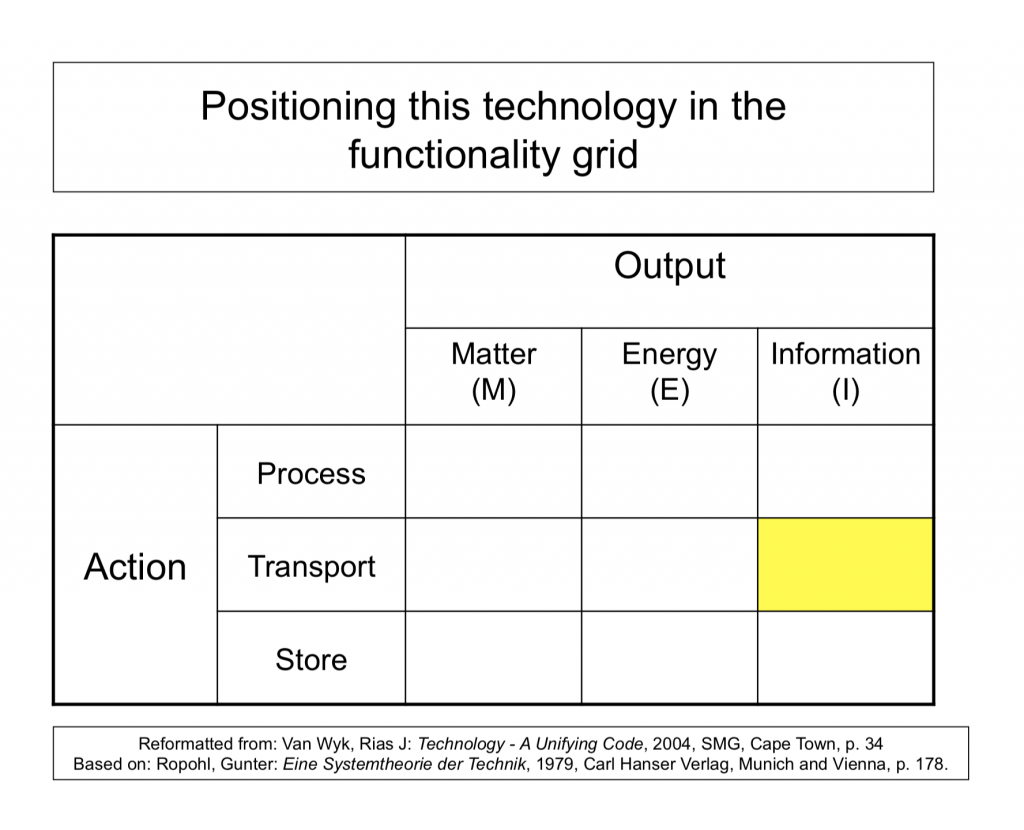
Self healing glass is considered a Technology Landmark for use in an Omega Map
The information contained in this post is taken from an article written by Antonio Vilas-Boas and published by the World Economic Forum cooperating with the Business Insider on 22 December 2017. The research was done at the University of Tokyo. The diagram shows two pieces of glass fused together with slight pressure. The fusion line is visible.
The locus of innovation is a new Principle of Operation. Previous systems for bonding glass required independent adhesives. Here the bonding of glass requires slight pressure
The effect of this innovation is to improve the Functionality : Process-Matter. Its position is indicated on the Functionality Grid. (See diagram below).
The dominant Functional Performance Metric is an increase in the ratio; material output to external energy input. As the external energy requirement is almost zero, the functional performance metric tends to infinity.
The Technology readiness level on a scale of 1 to 9is estimated at TRL 3: i.e., “Experimental proof of concept”.
Technical terminology is covered in: Van Wyk, Rias, (2017) Technology: Its Fundamental Nature, Beau Bassin, Mauritius, LAP LAMBERT Academic Publishing, (http://amzn.to/2Avsk3r)
For descriptions of:
- Technology Landmark; pp. 83-84, Diagram 11.1, Stage 3
- Principle of operation; p. 20
- Functionality; pp. 24-25
- OmegaMap; pp. 92-93
- Functionality Grid; pp. 29-32
- Technology readiness levels; pp. 22-23




